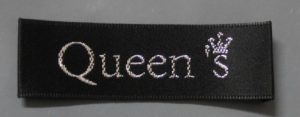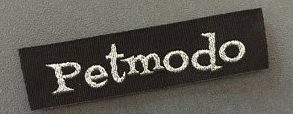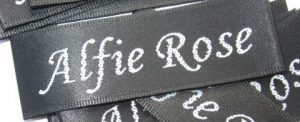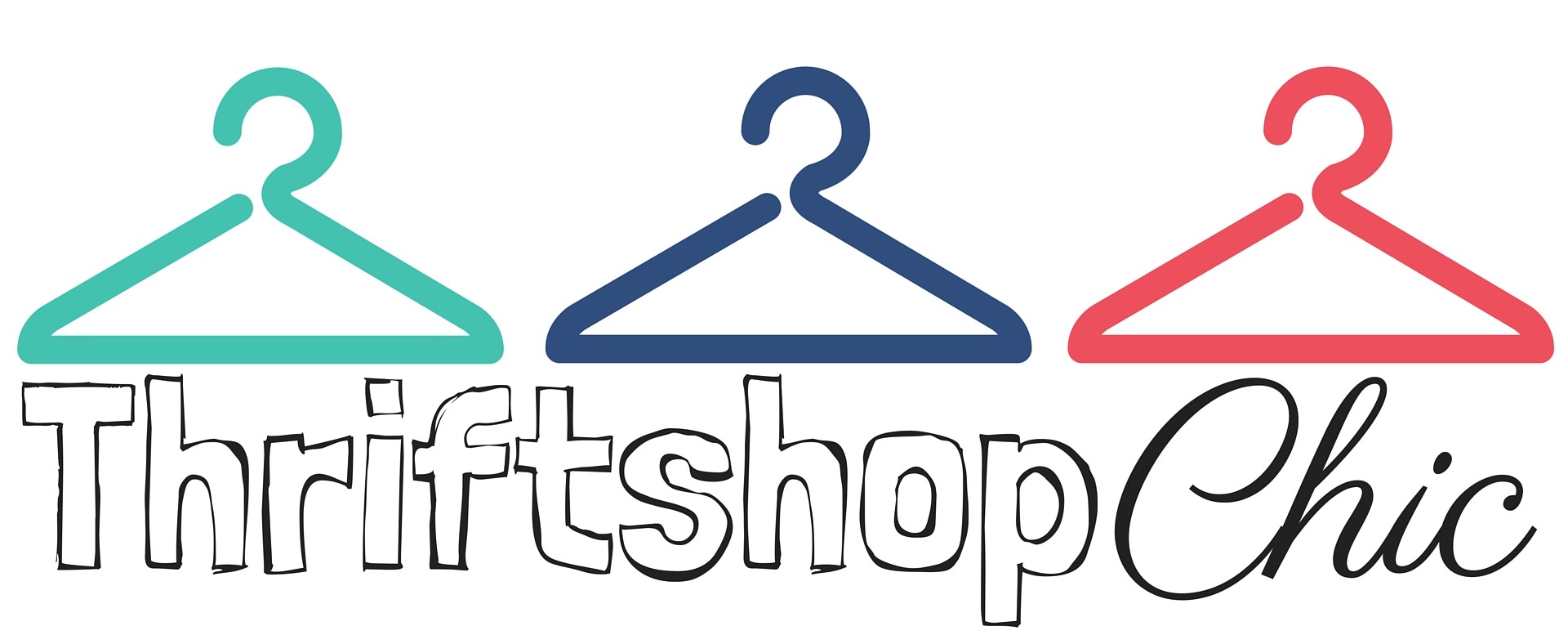In Part 1 we talked about what to do before you thrift to increase your chances of success – and to make it an enjoyable experience! Now it’s time for the The Main Event – finding great clothes at the thrift store.
- Concern yourself first and foremost with quality. Nothing makes me sadder than grown women (of any age) wearing shoddy, shlumpy stuff when there’s great, affordable stuff to be found secondhand!
A big benefit of shopping pre-owned clothes is getting to see whether clothes have worn well or are starting to show their poor construction. Avoid pilling, holes, snags, flimsy/super wrinkly fabric, and items that look misshapen on the hanger (particularly blazers, where poor construction is often obvious right on the rack). Natural fabrics (wool/silk/linen/cotton) are always a good bet, although you still need to check cotton and wool for pilling, which means the fibers used in making the fabric’s yarn were not very long. A little pilling = time to get out your sweater comb/pumice/shaver. A lot = time to put it back on the rack. If you’re not very familiar with how natural or high quality fabrics feel, just check tags on every garment that piques your interest until you start to associate a particular feel with a particular fabric.Pro tip: if a clothing label has poor grammar/punctuation, a font that looks like it came off your 1994 Mac LC2, or a font that looks like a 6th grader doodled it in their diary, quality is likely to be poor.
If it looks like these, it’s likely a SKIP:



Source for all three pics
If you find this font RUN AWAY:

Source
- Reader Vildy commented last week with some great ideas on how to combat bad lighting that can disguise poor quality or the true color of a piece: “The church thrifts that are my favorite have dim yellowed lighting so bad that what you think is brown turns out to be purple” while “some larger stores like Goodwill have glaring unnatural lighting.” “Take it over to a window” for natural light, she suggests – and take “a small hand mirror [to] check a color against [your] complexion.” Reading glasses or a pocket flashlight are great “to see size and fabric composition” on peskily small tags.
- Stuck with wonky “funhouse mirrors“? Vildy uses that hand mirror to see the rear view. I’d also suggest stepping out of the dressing room to check things out in a better mirror (sometimes located outside the dressing room) or to ask a fellow thrifter for an unbiased opinion. Nothing like thrifting camaraderie to help you out!
- Here’s another tip from Vildy, especially for smaller, independently-owned thrift stores: “Often [store] volunteers miss out on easily repairable damages [due to] that low light coupled with sometimes advanced age – like missing buttons which you’d have to pay to replace or a torn lining inside that you’d have to sew up or moth holes (in plush garments like camel’s hair coats you can tease the pile back through with a needle).” Many times they “will gladly reduce the price or give it to you for free. The flip side of that is the volunteers are only human and they often have notions of what is much more valuable (‘it came from my daughter and she only buys good things’). I never argue against their preconceived ideas and they give me deals elsewhere.”
Now that we’ve talked quality, on to some other parameters:
- Unless your body still has its pre-adolescent proportions, skip items sized with odd numbers; they’re designed for the “junior miss” demographic that most of us left behind somewhere in highschool. Even if you are the same weight/height as in high school, odd-number cuts are far less likely to accommodate curves, hips, and breasts.
- Decide what equals “too short” and avoid it. Refrains I often read on style blogs and comment sections: “I’m done with ‘low-rise’ and ‘crop tops'” or “Why are all the dresses cut up to here??” It goes without saying that what qualifies as “too short” is completely subjective; but if the fabric doesn’t cover what you want covered, move on – even if it’s perfect in every other way. You’ll forever be tugging at/hitching up something, and you deserve clothes that don’t need your attention every 5 minutes.
- Same with sheer. If you are into camisoles, a sheer layer adds interest via texture, pattern, or color. But if camis aren’t your cup of tea and you don’t particularly want to show off your undergarments, skip it. Read why I gave up sheer here and how 81-year-old blogger Dorrie Jacobson rocks it here.
- Figure out a color palette. Contrary to popular style blog advice, this does not have to mean picking 3 neutrals and 2 “accent colors” and sticking to them religiously (although if that works for you, great!). The point is to choose a range of colors, big or small, that can mostly be worn together so that you don’t end up with what I call a wardrobe exponent – essentially one-off items that don’t match much of what you already have and therefore require you to buy several other pieces to get workable outfits.
My best advice for how to create a palette? Learn about color analysis and how saturation, brightness, etc. work. (This post demonstrates how I walk a friend through determining which clothes in her closet hit the same color family. Spoiler: she crafts a wardrobe out of a LOT of different colors and almost no neutrals.) If you are into seasonal analysis (aka the four/twelve seasons) or want to know what colors will make your skin tone sing, google “personal color analysis.” The field has changed a lot since Color Me Beautiful came out; even if you think you know your season it’s worth revisiting, particularly because our season can change as we age. - Look for brands that will deliver good quality and good style (most of the time – every brand slips up or has seasons where quality goes south). I keep a list of decent brands I regularly find at the thrift store, but here’s a short list of higher quality brands that cater to grown women, in no particular order: Vince Camuto – Talbots – Banana Republic – Land’s End – Chico’s – Ralph Lauren – NYxDJ – New York & Co. – Willie Smith – Elie Tahari – Arthur S. Levine – Loft – Ann Taylor – Anne Klein.
And remember that your likelihood of success increases if you thrift often.
Thanks, Vildy, for your great suggestions; readers, scroll down to add your own! Next week I’ll share style and thrift blogs from older women, so keep your eyes peeled.

